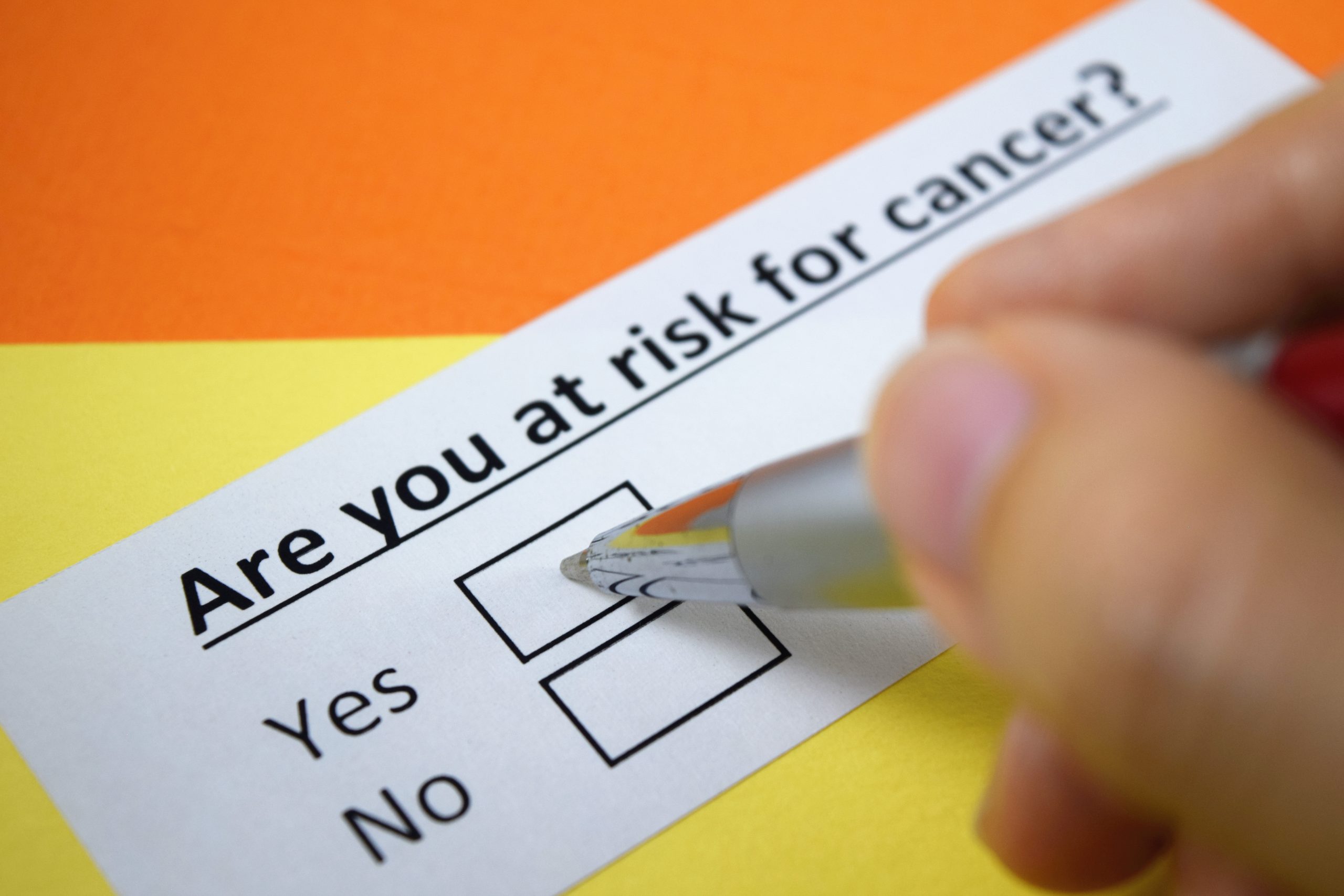 In 1978, Glaxo Laboratories developed a molecule called ranitidine, which could treat heartburn. Soon after the U.S. Food and Drug Administration (FDA) approved the drug under the brand name Zantac, ranitidine rapidly became the world’s top-selling prescription medication. From the beginning to the end, Glaxo was warned by independent investigators and scientists about Zantac’s potential cancer risks. Glaxo failed to share critical evaluations of the drug with the FDA and endorsed erroneous research intended to minimize safety concerns. The company launched an aggressive marketing campaign to promote Zantac as more effective, more convenient, and safer than the alternative drug Tagamet. With Americans already spending roughly a billion dollars annually for heartburn relief, Glaxo introduced a 75mg over-the-counter Zantac pill.
In 1978, Glaxo Laboratories developed a molecule called ranitidine, which could treat heartburn. Soon after the U.S. Food and Drug Administration (FDA) approved the drug under the brand name Zantac, ranitidine rapidly became the world’s top-selling prescription medication. From the beginning to the end, Glaxo was warned by independent investigators and scientists about Zantac’s potential cancer risks. Glaxo failed to share critical evaluations of the drug with the FDA and endorsed erroneous research intended to minimize safety concerns. The company launched an aggressive marketing campaign to promote Zantac as more effective, more convenient, and safer than the alternative drug Tagamet. With Americans already spending roughly a billion dollars annually for heartburn relief, Glaxo introduced a 75mg over-the-counter Zantac pill.
While considerable evidence and suspicions indicated Zantac’s cancer-causing properties, documents show Glaxo ignored the warnings. Connected to cancer as early as 1956, NDMA belongs to a group of chemicals called nitrosamines, which have caused cancer in every species of animal tested. A prominent pharmaceutical analyst suggested that under certain conditions in the stomach, a chemical reaction could turn ranitidine into NDMA. However, Glaxo’s board never requested any studies to determine if ranitidine could form into nitrosamine. Even after several independent studies revealed ranitidine resulted in toxic and mutagenic effects, Glaxo still tried to convince everyone of the safety of their drug. In 1982, despite the company’s scientist Richard Tanner finding up to 232,000 nanograms of NDMA in Zantac, court documents show that Glaxo kept this study a secret.
In 2019, Valisure, a private lab, sent the FDA a document regarding Zantac’s extremely high levels of NDMA. After finding NDMA in every version of ranitidine it analyzed, the lab determined the problem inherently existed with the molecule itself. Although consuming minuscule amounts of the carcinogen is not believed to be harmful, lab tests uncovered excessive amounts of NDMA in ranitidine. It takes less than a milligram of NDMA to mutate mice cells, and 2 grams is enough to kill a person. Consequently, the FDA forced all versions of the drug off the market in 2020. However, the FDA maintained that there were no consistent signals that the drug increased cancer risks. Critics believe the FDA’s stance was an attempt to absolve the agency of wrongdoing.
 When you hire a personal injury attorney to litigate your accident case, knowing that you have certain rights as a client is crucial. Strict standards of ethical and professional responsibility bind personal injury lawyers. The relationship between an attorney and their client should be based on confidence and trust. At the Dietrich Law Firm P.C., our battle-tested litigators believe in building strong relationships with our clients. We take the attorney-client relationship exceptionally seriously and are dedicated to treating every client with the respect, consideration, and compassion they deserve.
When you hire a personal injury attorney to litigate your accident case, knowing that you have certain rights as a client is crucial. Strict standards of ethical and professional responsibility bind personal injury lawyers. The relationship between an attorney and their client should be based on confidence and trust. At the Dietrich Law Firm P.C., our battle-tested litigators believe in building strong relationships with our clients. We take the attorney-client relationship exceptionally seriously and are dedicated to treating every client with the respect, consideration, and compassion they deserve.  Buffalo Personal Injury Lawyer News
Buffalo Personal Injury Lawyer News


 In 1978, Glaxo Laboratories developed a molecule called ranitidine, which could treat heartburn. Soon after the U.S. Food and Drug Administration (FDA) approved the drug under the brand name Zantac, ranitidine rapidly became the world’s top-selling prescription medication. From the beginning to the end, Glaxo was warned by independent investigators and scientists about Zantac’s potential cancer risks. Glaxo failed to share critical evaluations of the drug with the FDA and endorsed erroneous research intended to minimize safety concerns. The company launched an aggressive marketing campaign to promote Zantac as more effective, more convenient, and safer than the alternative drug Tagamet. With Americans already spending roughly a billion dollars annually for heartburn relief, Glaxo introduced a 75mg over-the-counter Zantac pill.
In 1978, Glaxo Laboratories developed a molecule called ranitidine, which could treat heartburn. Soon after the U.S. Food and Drug Administration (FDA) approved the drug under the brand name Zantac, ranitidine rapidly became the world’s top-selling prescription medication. From the beginning to the end, Glaxo was warned by independent investigators and scientists about Zantac’s potential cancer risks. Glaxo failed to share critical evaluations of the drug with the FDA and endorsed erroneous research intended to minimize safety concerns. The company launched an aggressive marketing campaign to promote Zantac as more effective, more convenient, and safer than the alternative drug Tagamet. With Americans already spending roughly a billion dollars annually for heartburn relief, Glaxo introduced a 75mg over-the-counter Zantac pill.  Suffering injuries in any accident caused by another’s negligence or carelessness can have devastating consequences. Whether a foodborne illness, a car wreck, an attack by an unleashed dog, or a fall in an icy parking lot caused you harm, you may be having difficulty getting your life back on track. Victims of severe accidents are often forced to grapple with hospital bills piling up while unable to work or earn any income. With the severe bodily pain, emotional trauma, and financial challenges that victims struggle with, obtaining fair compensation is often the only way to bounce back. Damages refer to the compensation that a victim’s attorney can recover for them either through negotiating a settlement or trying the case to a verdict. Special, general, and punitive damages are the three primary types of personal injury compensation.
Suffering injuries in any accident caused by another’s negligence or carelessness can have devastating consequences. Whether a foodborne illness, a car wreck, an attack by an unleashed dog, or a fall in an icy parking lot caused you harm, you may be having difficulty getting your life back on track. Victims of severe accidents are often forced to grapple with hospital bills piling up while unable to work or earn any income. With the severe bodily pain, emotional trauma, and financial challenges that victims struggle with, obtaining fair compensation is often the only way to bounce back. Damages refer to the compensation that a victim’s attorney can recover for them either through negotiating a settlement or trying the case to a verdict. Special, general, and punitive damages are the three primary types of personal injury compensation. 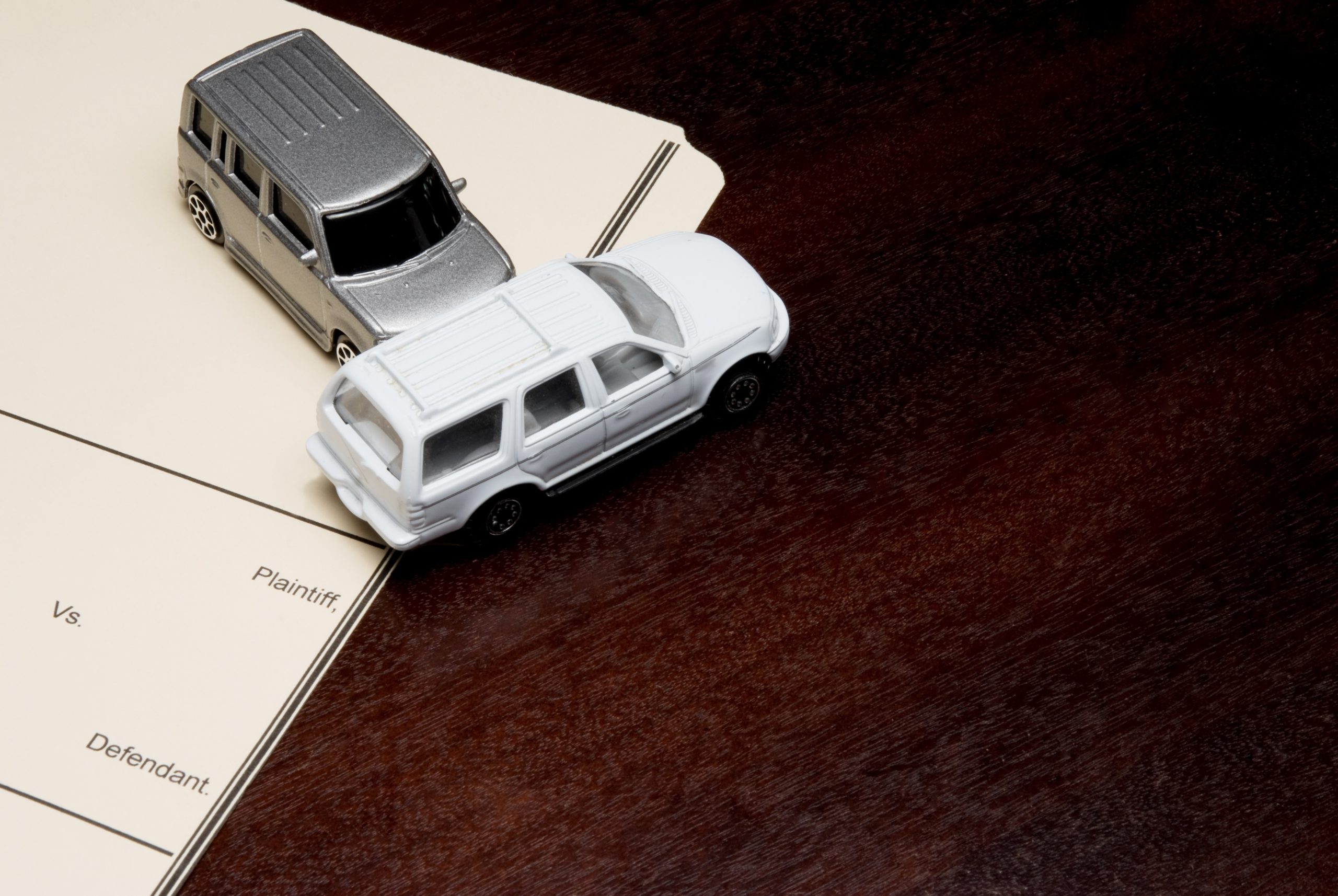 After being severely injured in an accident, you are likely feeling shocked and overwhelmed. If someone else’s negligence or recklessness caused your accident, you might be entitled to pursue a personal injury claim. However, litigation can be nerve-wracking, especially when you are still coping with devastating physical pain and emotional trauma. Even minor proceedings may seem complicated if you have never filed an insurance claim or pursued a lawsuit in court.
After being severely injured in an accident, you are likely feeling shocked and overwhelmed. If someone else’s negligence or recklessness caused your accident, you might be entitled to pursue a personal injury claim. However, litigation can be nerve-wracking, especially when you are still coping with devastating physical pain and emotional trauma. Even minor proceedings may seem complicated if you have never filed an insurance claim or pursued a lawsuit in court.  The word bellwether can be traced back to the 13th century when shepherds hung bells around the necks of some of their sheep to designate them as leaders. Similarly, bellwether trials are designed to track and monitor the potential results of a large group of lawsuits. They are test lawsuits that use individual claims originating from a group of widely contested lawsuits filed against the same party. When hundreds or even thousands of lawsuits are filed against one party, these trials allow a few select cases to go to court to predict how the remaining pending claims will turn out at trial.
The word bellwether can be traced back to the 13th century when shepherds hung bells around the necks of some of their sheep to designate them as leaders. Similarly, bellwether trials are designed to track and monitor the potential results of a large group of lawsuits. They are test lawsuits that use individual claims originating from a group of widely contested lawsuits filed against the same party. When hundreds or even thousands of lawsuits are filed against one party, these trials allow a few select cases to go to court to predict how the remaining pending claims will turn out at trial.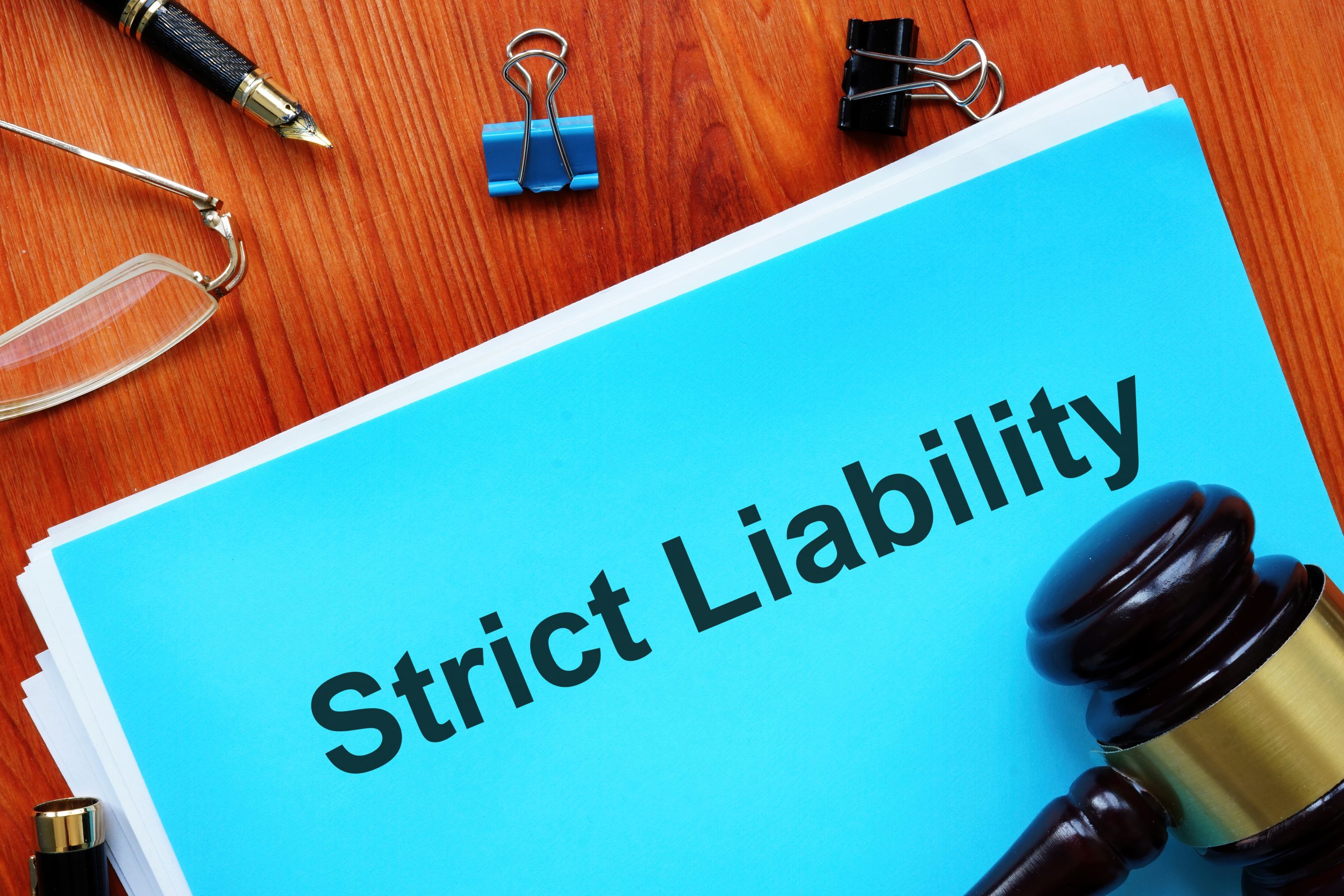 Although most personal injury lawsuits depend on proving negligence, there are certain cases where plaintiffs do not need to show that the defendant was negligent. Strict liability, also called absolute liability, is a legal doctrine that holds a person or entity responsible for a victim’s injuries, even if that party was not negligent or at fault. In cases involving strict liability, defendants can still be held accountable even if they exercised reasonable care.
Although most personal injury lawsuits depend on proving negligence, there are certain cases where plaintiffs do not need to show that the defendant was negligent. Strict liability, also called absolute liability, is a legal doctrine that holds a person or entity responsible for a victim’s injuries, even if that party was not negligent or at fault. In cases involving strict liability, defendants can still be held accountable even if they exercised reasonable care. 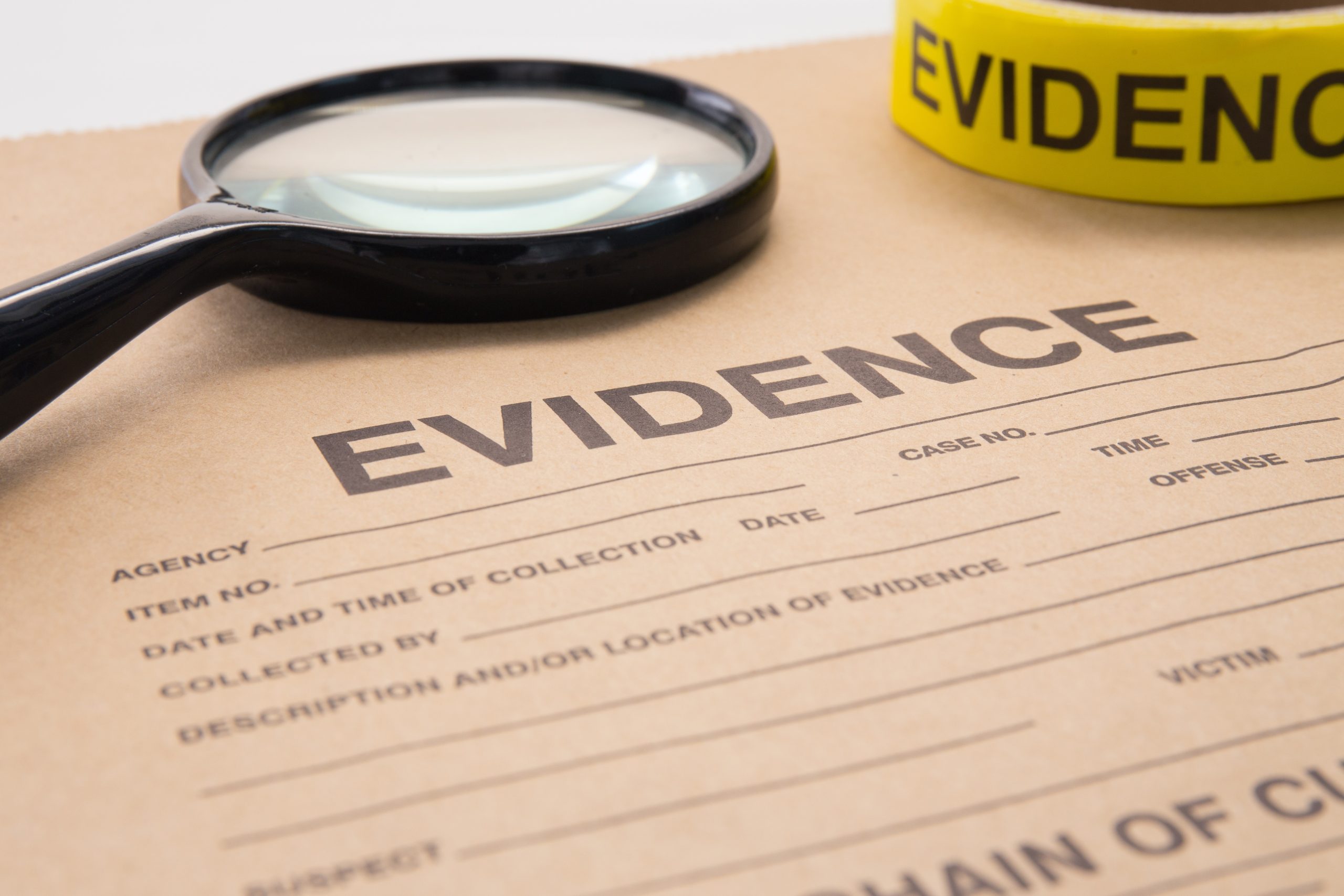 Under New York law, victims carry the burden of proof in lawsuits. In other words, to hold the other party responsible for your damages, you must first prove that their negligence caused your injuries. This means that you will need to present evidence to support your claims. As a general rule, the more evidence your attorney has to support your claim, the better the result you can expect. However, collecting evidence can be overwhelming, especially if you need help knowing where to start.
Under New York law, victims carry the burden of proof in lawsuits. In other words, to hold the other party responsible for your damages, you must first prove that their negligence caused your injuries. This means that you will need to present evidence to support your claims. As a general rule, the more evidence your attorney has to support your claim, the better the result you can expect. However, collecting evidence can be overwhelming, especially if you need help knowing where to start. 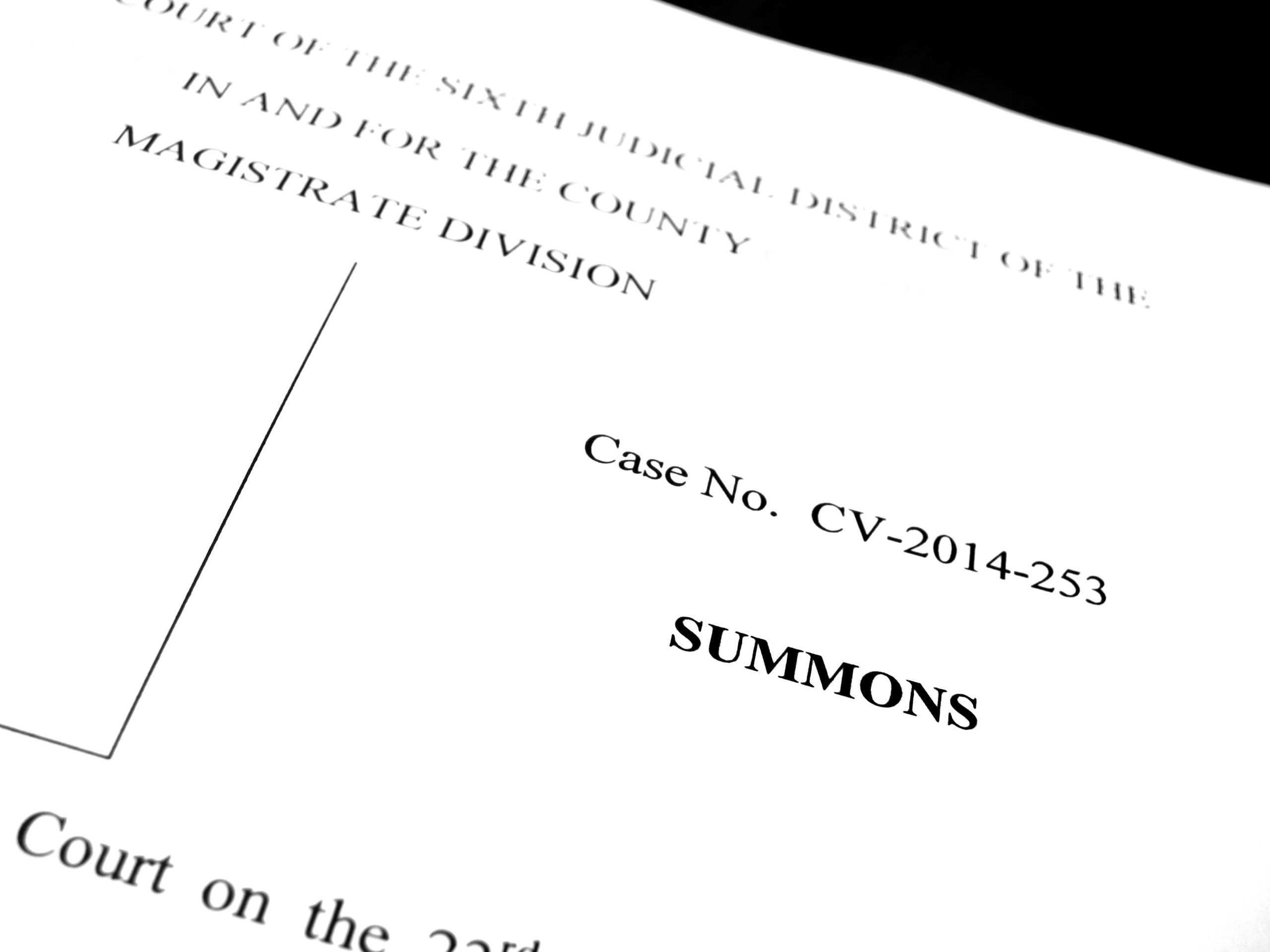 After being injured in an accident, knowing what to expect when pursuing your claim brings you peace of mind. Some of our most frequently asked questions are about the summons. At the beginning of a lawsuit, a summons and complaint are two legal documents served to all defendants. The summons informs the defendant of the plaintiff’s commencement of the legal action and demands that they answer the complaint.
After being injured in an accident, knowing what to expect when pursuing your claim brings you peace of mind. Some of our most frequently asked questions are about the summons. At the beginning of a lawsuit, a summons and complaint are two legal documents served to all defendants. The summons informs the defendant of the plaintiff’s commencement of the legal action and demands that they answer the complaint.  With an average of nearly 94 inches of snowfall per year, many Buffalonians consider driving through the snow to be a rite of passage. Unfortunately, driving anywhere in the winter can be extremely dangerous, especially during freezing conditions. When the temperature drops, ice often rapidly develops on our roads, highways, and parking lots. Since ice can make it difficult for a vehicle’s tires to maintain traction and significantly reduce friction, the rate and severity of car accidents drastically increase during winter. According to the National Highway Traffic Safety Administration (NHTSA), in a recent year alone, victims of wintry condition crashes suffered 374 fatalities and roughly 25,000 injuries.
With an average of nearly 94 inches of snowfall per year, many Buffalonians consider driving through the snow to be a rite of passage. Unfortunately, driving anywhere in the winter can be extremely dangerous, especially during freezing conditions. When the temperature drops, ice often rapidly develops on our roads, highways, and parking lots. Since ice can make it difficult for a vehicle’s tires to maintain traction and significantly reduce friction, the rate and severity of car accidents drastically increase during winter. According to the National Highway Traffic Safety Administration (NHTSA), in a recent year alone, victims of wintry condition crashes suffered 374 fatalities and roughly 25,000 injuries. Cold weather conditions typically hit the Buffalo area in November and linger until late March. During this time, ice often accumulates in parking lots, building entrances, stairs, sidewalks, and other outdoor surfaces. Ice can cause highly slippery conditions, making fall-related accidents common during the brutal Western New York winters.
Cold weather conditions typically hit the Buffalo area in November and linger until late March. During this time, ice often accumulates in parking lots, building entrances, stairs, sidewalks, and other outdoor surfaces. Ice can cause highly slippery conditions, making fall-related accidents common during the brutal Western New York winters.